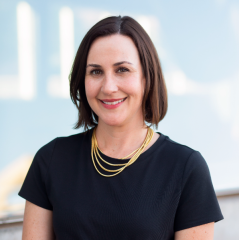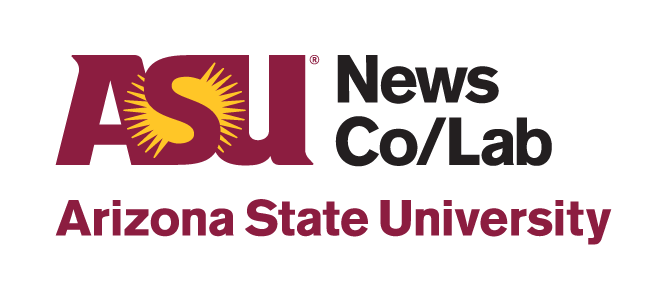How the public, news sources, and journalists think about news in three communities

Are some people more easily fooled than others by fake headlines? Do newsrooms, news sources and the public agree on the trustworthiness of local news? Those are just two of the many questions in our ongoing effort to measure community news fluency and attitudes about local news.
Today the News Co/Lab at ASU’s Cronkite School and The Center for Media Engagement at The University of Texas at Austin released a new report on how the public, news sources and journalists in three partner cities think about local news. We started with a closer analysis of the community surveys we conducted earlier this year in Macon, Georgia; Fresno, California; and Kansas City, Missouri.
We dug deeper into common characteristics of people as they relate to their ability to spot fake headlines, and found significant differences in people’s ability to spot fake headlines depending on education level and attitudes about news.
When given two real headlines and one fake headline, 68 percent of survey participants with a college degree or more were able to successfully identify the fake news headline, compared to 57 percent of participants with less than a college degree. Note that this means that more than 30 percent of college-educated participants were unable to identify the fake headline.
We also asked survey participants to share the first word they think of when they hear the word “news”. Seventy-four percent of those identifying as Republicans used a negative word, such as “fake” or “biased,” whereas only 26 percent of those identifying as Democrats used negative words. The negative association was also found to be a differentiating factor in spotting fake headlines. Participants who associated negative words with the word “news” were less able to spot fake headlines and to distinguish news from opinion, analysis or advertising.
These findings from our three partner communities align with recent national research on people’s propensity to fall for “fake news” and partisan differences in attitudes toward the media.
We also surveyed our partner newsrooms — The Telegraph in Macon, The Fresno Bee and The Kansas City Star — and a selection of frequent news sources on how well the news organizations fared on a series of adjectives, including transparency and engagement. The local reporters rated themselves higher than the news sources, who, in turn, rated them higher than members of the public. On average, the journalists expressed confidence in their ability to effectively explain to the community how news works.
Responses from journalists and the public coincide with those from research conducted by the Media Insight Project on understanding between Americans and the news media. Findings emphasize differences in how journalists view themselves and the public’s attitude toward them, and suggest an opportunity for more communication between the two groups about the journalistic process.
This research project was led by the News Co/Lab at Arizona State University in collaboration with the Center for Media Engagement at The University of Texas at Austin. Together, we designed and tested an online survey that three news organizations used to examine transparency, engagement, and mutual understanding with the communities they serve. In total, 4,854 people participated in this survey from three communities – Macon, Georgia; Fresno, California; and Kansas City, Missouri. Our partner newsrooms in those communities also surveyed 88 journalists and 51 news sources. Read the full report here.

Kristy Roschke, managing director of the ASU News Co/Lab, is a media scholar and educator. Her research interests include misinformation, media literacy education and media trust. Roschke has developed curriculum and taught journalism and media literacy courses at the high school and university level for nearly 20 years.
